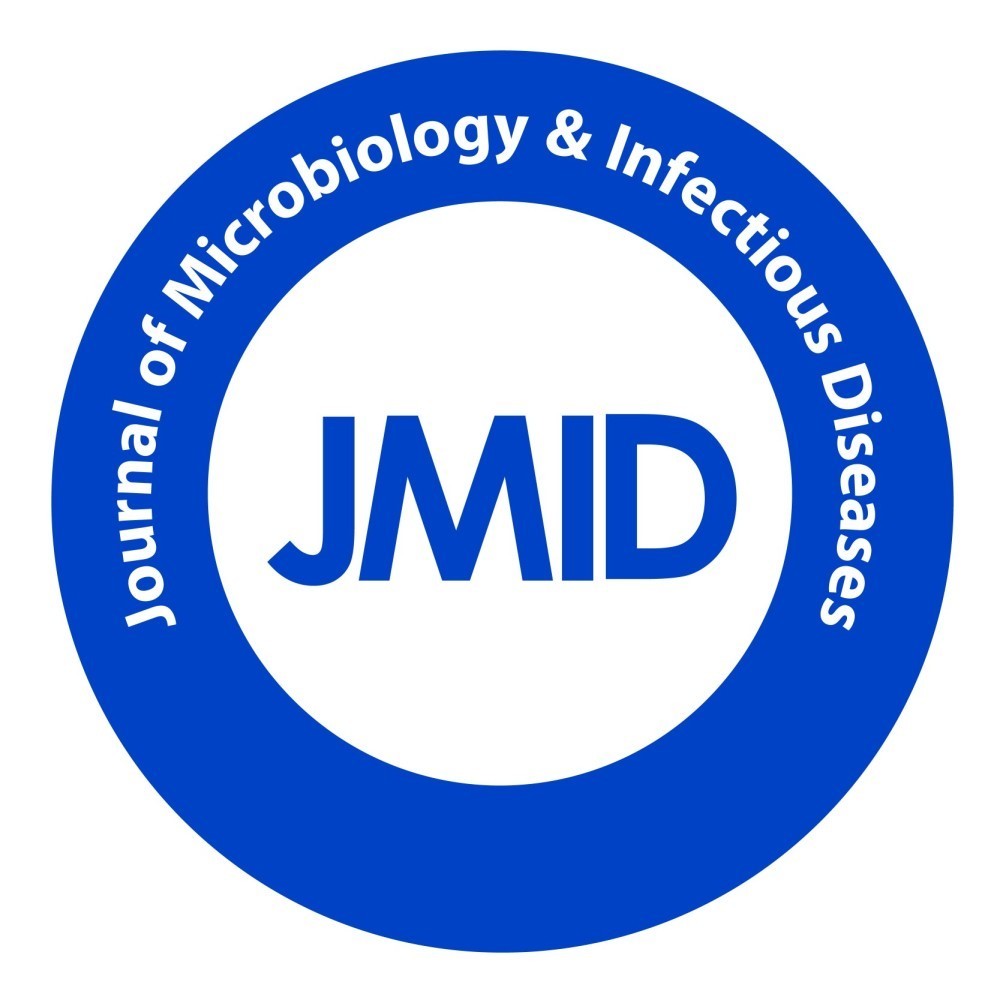
| Research Article | ||||||||||||
Infants with 4-5 years after intrauterine exposition to zika virus have risk of neurodevelopmental alterations Arlene G. Acosta-mass, David E. Calvillo-cervantes, Gilma G. Sánchez-burgos.
| ||||||||||||
| How to Cite this Article |
| Pubmed Style Acosta-mass AG, Calvillo-cervantes DE, Sánchez-burgos GG. Infants with 4-5 years after intrauterine exposition to zika virus have risk of neurodevelopmental alterations. J Microbiol Infect Dis. 2024; 14(2): 38-45. doi:10.5455/JMID.2024.v14.i2.1 Web Style Acosta-mass AG, Calvillo-cervantes DE, Sánchez-burgos GG. Infants with 4-5 years after intrauterine exposition to zika virus have risk of neurodevelopmental alterations. https://www.jmidonline.org/?mno=190699 [Access: November 10, 2025]. doi:10.5455/JMID.2024.v14.i2.1 AMA (American Medical Association) Style Acosta-mass AG, Calvillo-cervantes DE, Sánchez-burgos GG. Infants with 4-5 years after intrauterine exposition to zika virus have risk of neurodevelopmental alterations. J Microbiol Infect Dis. 2024; 14(2): 38-45. doi:10.5455/JMID.2024.v14.i2.1 Vancouver/ICMJE Style Acosta-mass AG, Calvillo-cervantes DE, Sánchez-burgos GG. Infants with 4-5 years after intrauterine exposition to zika virus have risk of neurodevelopmental alterations. J Microbiol Infect Dis. (2024), [cited November 10, 2025]; 14(2): 38-45. doi:10.5455/JMID.2024.v14.i2.1 Harvard Style Acosta-mass, A. G., Calvillo-cervantes, . D. E. & Sánchez-burgos, . G. G. (2024) Infants with 4-5 years after intrauterine exposition to zika virus have risk of neurodevelopmental alterations. J Microbiol Infect Dis, 14 (2), 38-45. doi:10.5455/JMID.2024.v14.i2.1 Turabian Style Acosta-mass, Arlene G., David E. Calvillo-cervantes, and Gilma G. Sánchez-burgos. 2024. Infants with 4-5 years after intrauterine exposition to zika virus have risk of neurodevelopmental alterations. Journal of Microbiology and Infectious Diseases, 14 (2), 38-45. doi:10.5455/JMID.2024.v14.i2.1 Chicago Style Acosta-mass, Arlene G., David E. Calvillo-cervantes, and Gilma G. Sánchez-burgos. "Infants with 4-5 years after intrauterine exposition to zika virus have risk of neurodevelopmental alterations." Journal of Microbiology and Infectious Diseases 14 (2024), 38-45. doi:10.5455/JMID.2024.v14.i2.1 MLA (The Modern Language Association) Style Acosta-mass, Arlene G., David E. Calvillo-cervantes, and Gilma G. Sánchez-burgos. "Infants with 4-5 years after intrauterine exposition to zika virus have risk of neurodevelopmental alterations." Journal of Microbiology and Infectious Diseases 14.2 (2024), 38-45. Print. doi:10.5455/JMID.2024.v14.i2.1 APA (American Psychological Association) Style Acosta-mass, A. G., Calvillo-cervantes, . D. E. & Sánchez-burgos, . G. G. (2024) Infants with 4-5 years after intrauterine exposition to zika virus have risk of neurodevelopmental alterations. Journal of Microbiology and Infectious Diseases, 14 (2), 38-45. doi:10.5455/JMID.2024.v14.i2.1 |









